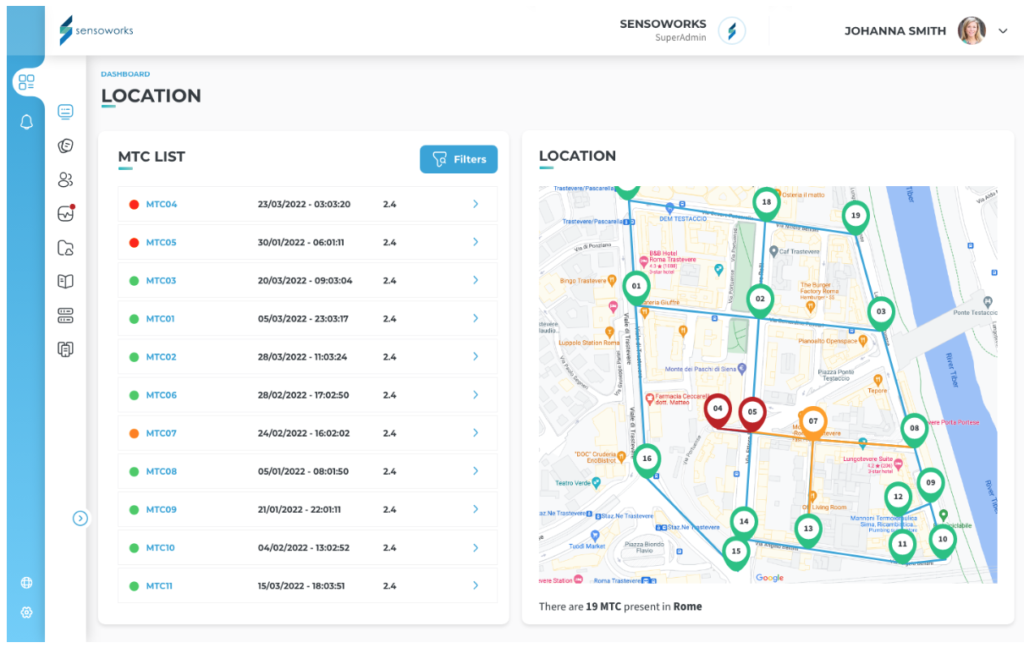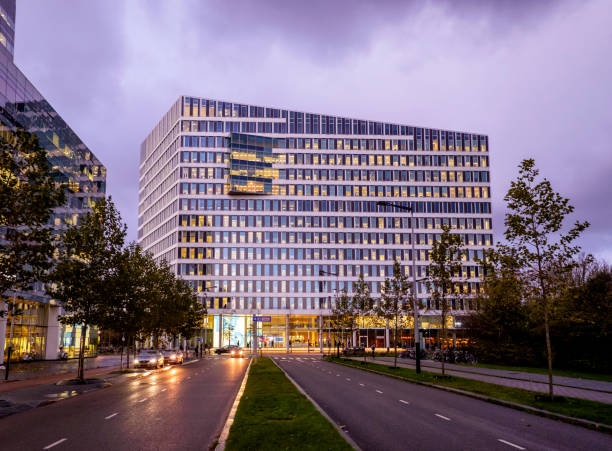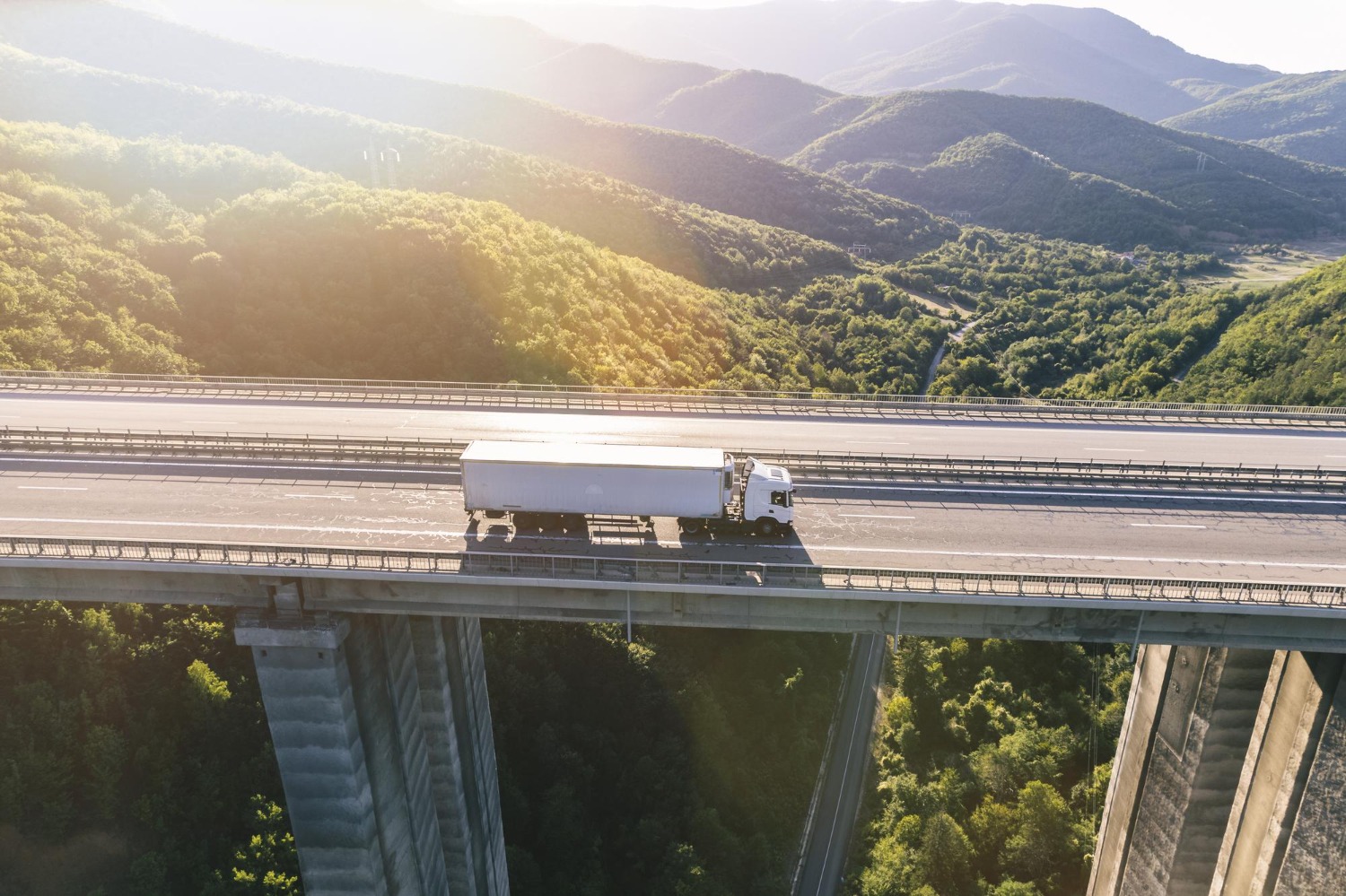
Book a demo
The role of big data and IoT in resource optimisation, waste management, predictive analytics and consumer satisfaction.
In the previous article, we looked at the four assets that need to be benchmarked and acted upon to ensure a future where there is sufficient water supply for the world's population and, after identifying water loss from systems as the priority problem, we introduced the Sensoworks solution.
It is now time to give a brief overview of the role of technology in improving the efficiency of the water supply chain, and then to discover how Sensoworks is changing and optimising the way infrastructure is managed.
As discussed in the previous article, obsolete infrastructure and inefficient water systems require massive investment in technology to improve service.
The Valore Acqua Community has identified four pillars for the efficiency of the water sector:
The first three points, which are essential, are macro-choices at industrial level on which any wise administration must converge in the very short term, without ifs or buts. The fourth point, with the same urgency factor, is one in which the Sensoworks solution finds ample practical scope for intervention, let's see how.
The management of water networks scattered throughout the territory is complex. Many of the components of the networks' physical system are not easily accessible, such as pressure or flow sensors. The convergence of IT (Information Technology) and OT (Operation Technology) is therefore vital.
But convergence between IT and OT alone is not enough, which is why enabling technologies such as mobility, connectivity and IoT come into play.
Hydraulic modelling solutions and their digitisation, for example, enable accurate simulation of performance at key points in the network. Virtual sensor techniques allow flows and pressures to be calculated where real sensors cannot be inserted.

In order to make water networks resilient, efficient and sustainable, it is essential that management, monitoring and control are also automated remotely.
The aim is to respond in real time to water demands and to ensure the safety of the systems and the water itself, moving to a service based on predictive rather than reactive systems: to make things efficient you need data, to manage it, analyse it and return it in a comprehensible way you need software and digital services.
Water leaks from pressurised water pipes are very sensitive: as well as causing economic damage through wasted water, they risk causing far more serious and dangerous consequences, including seepage, landslides, flooding or ground subsidence.
Operators and multi-utilities have therefore decided to focus on predictive maintenance. The aim is to identify the points on the infrastructure where network failure is most likely: in this way it is possible to intervene with the replacement of the pipeline at risk before the damage occurs, also thanks to the use of artificial intelligence algorithms.
But what does Sensoworks actually do in its application to water infrastructure?
Identifies network sections most likely to break. Analyses the water piping with priority management of the most critical assets, resulting in reduced water losses and increased management efficiency.
Develops a network model with AI algorithms, fed by real time data from the field, to optimise network pressure and to reduce losses and energy consumption for pumping.
Prioritise maintenance operations and plan operators and routes according to the associated risk using geo-routing algorithms.
Creates smart alarms and integrates smart meters to increase efficiency and timeliness of intervention, being able to intervene in advance of a potential fault or meter drift.
Sensoworks intervenes through revamping and digitisation of assets for the adoption of European regulations, such as the Water Safety Plan and new provisions coming from ARERA (e.g. decree n.76 July 2020).
Sensoworks therefore provides the most advanced technologies to monitor, predict and control complex data from multiple sources in real time, even in water!


